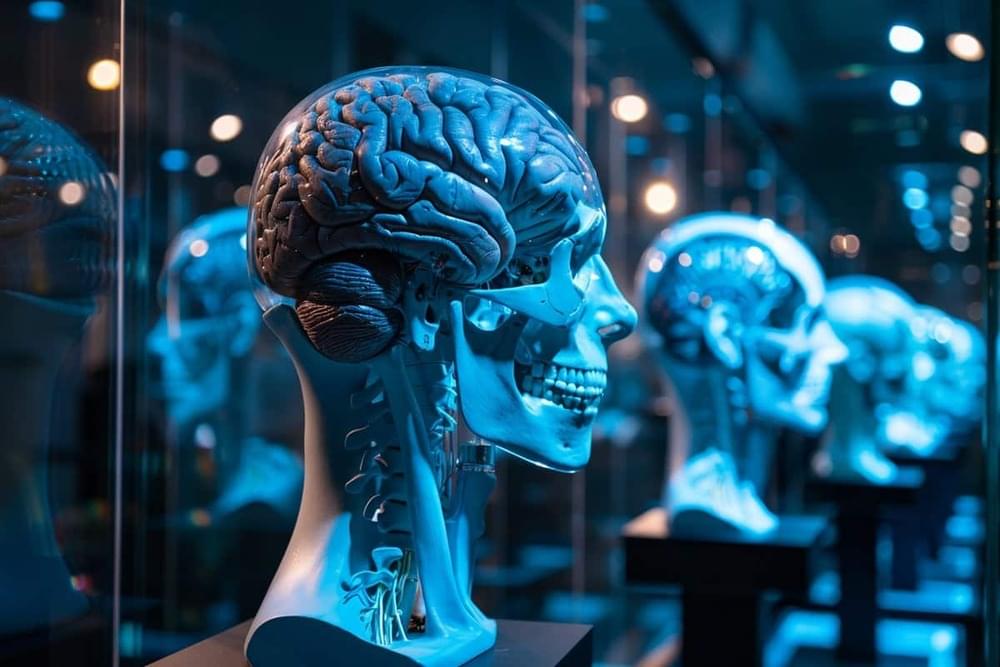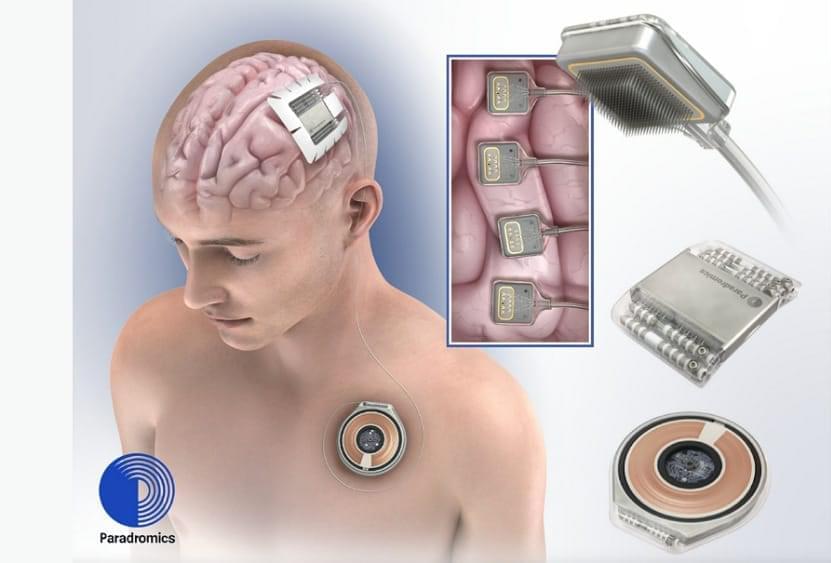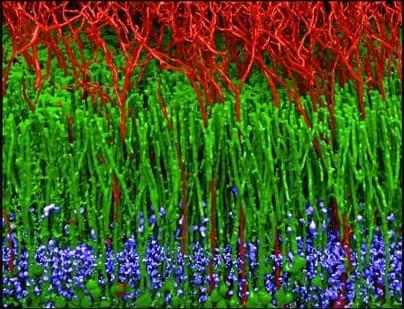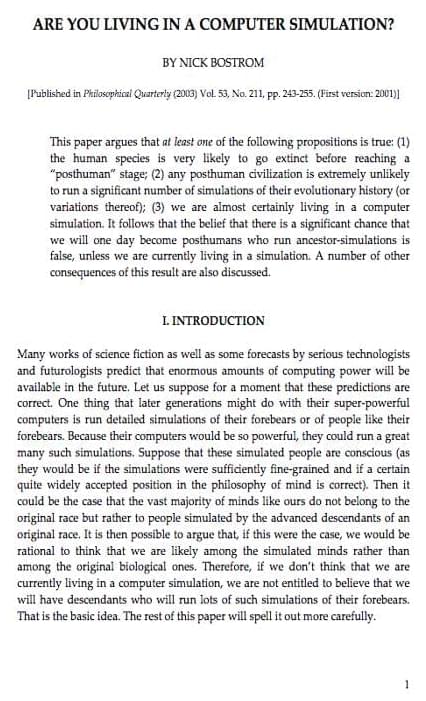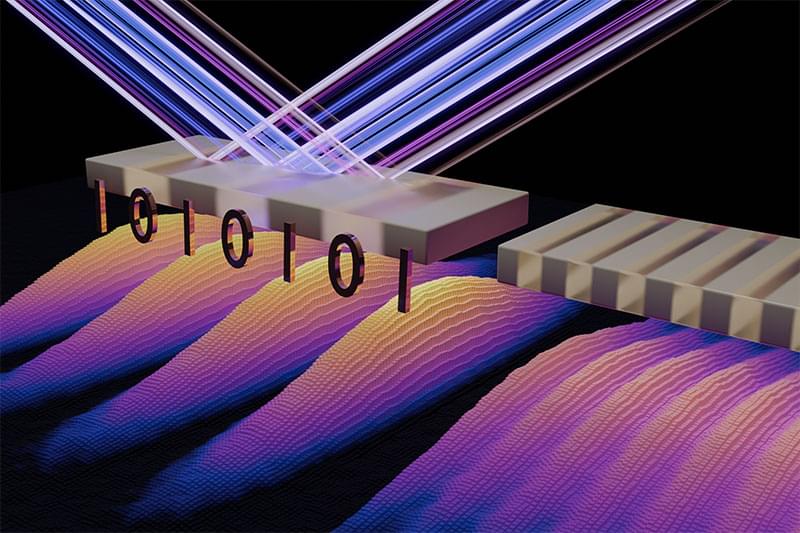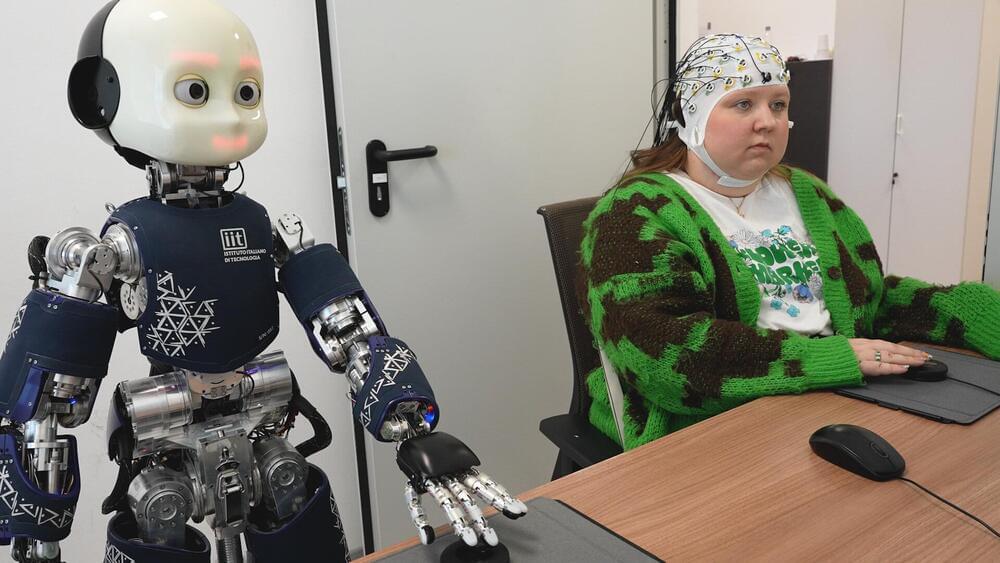What You Should Know:
– A glimmer of hope emerged today for rectal cancer patients as a collaborative effort between Case Western Reserve University (CWRU), Cleveland Clinic, and University Hospitals (UH) received a $2.78 million grant over five years from the National Institutes of Health and National Cancer Institute. This grant will fuel research leveraging artificial intelligence (AI) to personalize treatment for rectal cancer patients.
– The new research effort signifies a significant step forward in the fight against rectal cancer. By harnessing the power of AI, researchers are on the path to developing more precise treatment strategies, ultimately improving patient outcomes and quality of life.


